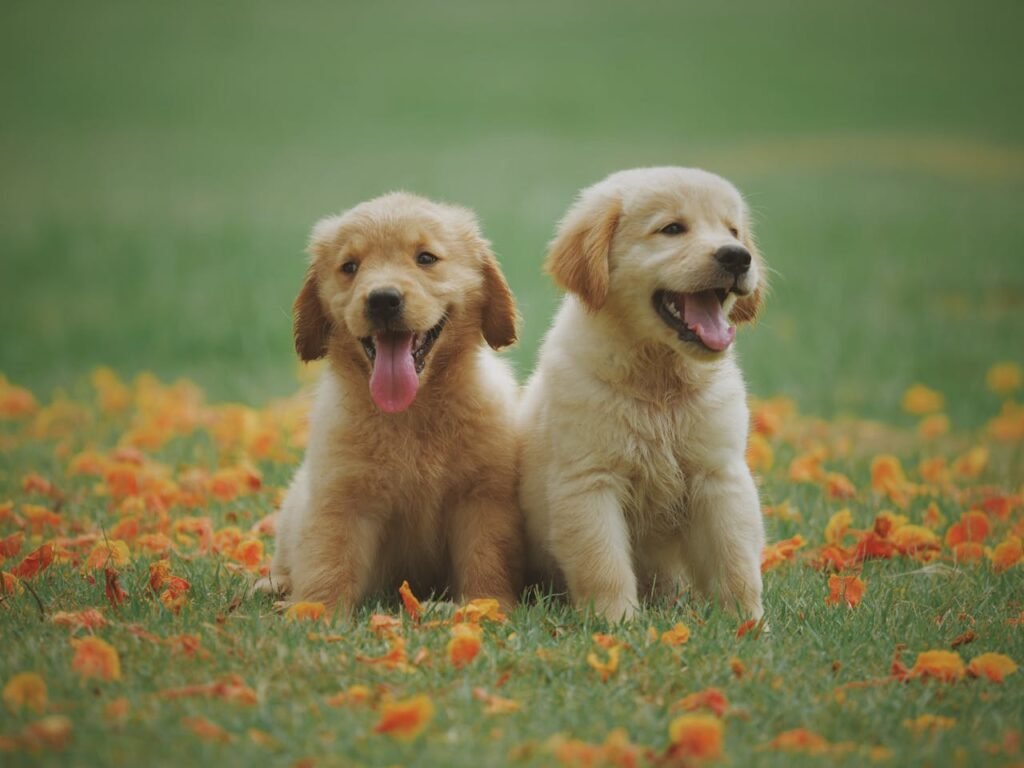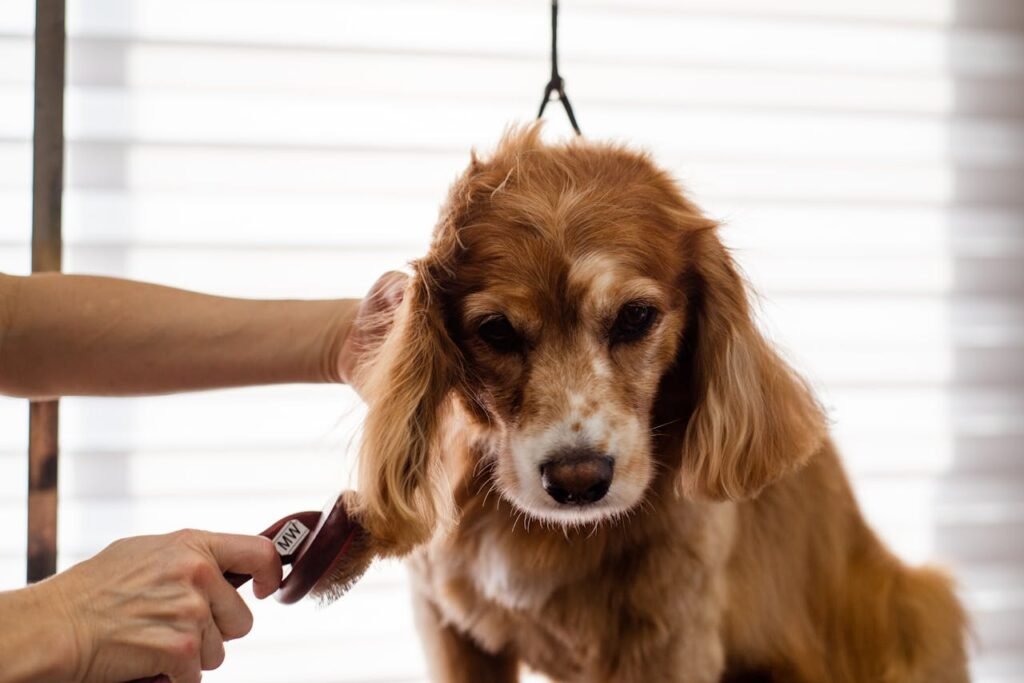How to Introduce Your Dog to a New Cat Step-by-Step. Learn how To introduce your dog To a new cat with our easy stepbystep guide. Make The transition smooth & fun for both your furry friends!
How to Introduce Your Dog to a New Cat StepbyStep
Understanding Your Dog’s Behavior
Recognizing behaviors present within dogs plays a crucial role in successful introductions. Each dog possesses unique traits. With some more inclined toward playful interactions than others. Observing specific signals can offer insight into comfort levels during encounters.
Consider body language as essential when assessing your dog’s readiness. Signs indicating excitement may include wagging tails or playful barks. Whereas signs of anxiety may involve growling or hiding. Knowing these indicators allows for better management of situations.
Prior knowledge regarding breeds can also aid. Certain breeds display higher energy levels or possess predatory instincts. Understanding your dog’s disposition can help determine whether gradual introductions are necessary.
Preparing Your Home Environment
Creating a welcoming environment stands vital for both new pets. Prepare specific spaces dedicated solely for your cat and dog. Ensuring they have their own safe zones. This process decreases anxiety levels by providing options for retreat.
Setup an area for your cat featuring vertical spaces such as shelves or cat trees. Cats often feel secure when elevated. Offering them a chance to observe without direct confrontation. Similarly. Create comfort zones for dogs by providing cozy beds or blankets.
Introducing barriers. Like baby gates. Can also assist in maintaining physical separation while allowing visual contact. This setup encourages gradual acclimatization. Enabling both pets to observe and adjust without overwhelming stimuli.
Introducing Scents
Prioritize scent introduction as a critical step before facetoface meetings. Allow each pet’s scent to permeate areas where the other rests. Rubbing a cloth on your dog and then placing it near your cat’s sleeping area can help create familiarity.
Simultaneously. Repeat this process using your cat’s scent for your dog’s space. Familiarity with scents helps reduce anxiety when they eventually meet. Allowing pets to feel like they’ve known each other without direct contact.
Using items such as toys can also facilitate this process. Allow pets to explore each other’s toys. Establishing a relaxed environment through shared experiences even before physical introductions.
Initial Introduction
After following preparations. Schedule initial introductions in a controlled environment. Keep both pets on leashes if necessary. Ensuring safety during interactions. This control helps in preventing surprises that could lead to conflicts.
Start with short sessions. Observing body language and reactions closely. Be ready to intervene if nervousness arises. Remaining calm yourself will encourage a relaxed atmosphere among pets. Which aids in successful introductions.
Utilizing treats during introductions can help create positive associations. Reward both pets for calm behaviors. Fostering an environment of cooperation rather than competition. Establishing this connection from the start proves beneficial for future interactions.
Gradual Interaction Development
Once initial introductions seem successful. Gradually extend time together. Allowing brief interactions daily can facilitate bonding. As pets become more comfortable. Sessions can increase in duration and decrease in supervision.
Encourage shared activities. Such as playing with toys or enjoying mealtime simultaneously. Mutual activities foster friendships and create stronger bonds over time. This process often realizes smoother interactions that lead to lasting companionship.
Remain vigilant for any signs of stress or aggression even during gradual development. Quick responses are essential. Providing intervention whenever necessary while allowing both pets space if tensions arise.
Common Challenges and Solutions
- 🐾 Aggression Responses
- 🐾 Excessive Barking or Meowing
- 🐾 Hiding Behavior
- 🐾 Loss of Appetite
- 🐾 Territorial Marking
While engaging in this process. Challenges can arise. Aggression responses from either pet might emerge. Possibly due to fear or misunderstandings. Recognizing these behaviors early can help mitigate larger issues later on.
In instances where excessive barking or meowing occurs. Try redirecting focus with toys or treats. Offering distractions can alleviate tension while fostering positive interactions through enjoyable activities.
If hiding behavior becomes habitual. Ensure pets possess safe zones where they can retreat without fear. Gradual exposure allows for their comfort. Influencing a seamless integration process.
Aftercare and Continuous Monitoring
Postintroduction. Observe ongoing interactions closely. Monitoring behaviors helps ensure that previously established comfort levels remain intact. This observation fosters ongoing trust between pets. Reinforcing positive bonds.
Continued socialization proves essential as well. Engage both pets in shared experiences outside of home. Such as walks or playdates. This socialization builds confidence while establishing a normal routine that includes both pets.
Encouraging consistent feeding times and play schedules also promotes stability. Implementing such routines helps both pets feel secure. So they associate each other positively in daily scenarios.
Safety Measures During Introductions
Taking precautions ensures safety throughout introductions. Always have a safety plan in case an altercation arises. Prepare emergency spaces within your home for each pet to retreat safely at any moment.
Consider using muzzles for dogs known for aggressive tendencies if necessary. Utilizing muzzles during initial encounters ensures safety. Offering peace of mind while introducing a new pet.
Prepare firstaid kits in case of minor injuries. Accidents can arise. Even with wellplanned strategies. Be ready for unpredictable moments while maintaining a focus on both pets’ safety and comfort.
Establishing Routine Interactions
Routine interactions help maintain positive relationships longterm. Regular exposure encourages natural development of companionship. Engage both pets in shared activities daily. Ensuring consistency in routines.
Taking part in mutual play sessions encourages bonding. Allowing time for each pet benefits both. Reinforcing trust while creating enjoyable moments together. Encouraging cooperative play habits fosters their connection advancement.
Consider involving a pet trainer for continuous guidance if necessary. Professional support can provide insights specific to your unique situation. Ensuring smooth integration for both pets.
Tips for Successful Integration
Focus on patience. Allowing ample time for both pets during each phase. Introduction successes vary based on many factors. Including temperament. Age. And past experiences; thus patience remains key.
Remain flexible. Adjusting methods depending on reactions from both pets. Adaptability often yields significant results. Proving beneficial over time. Understanding your pets’ patterns allows for successful interventions when necessary.
Celebrate small victories. Reinforcing confidence for both pets. Offering praise for positive behaviors strengthens trust while building companionship. Making progress through consistent reinforcement fosters lasting relationships.
Comparison Table of Approaches
| Method | Duration | Effectiveness |
|---|---|---|
| Initial Scent Introduction | 13 Days | High 🐶🐱 |
| FacetoFace Meetings | Varies | Moderate 🐾 |
| Gradual Interaction Extension | 12 Weeks | Very High 🐈 |
Personal experiences reveal numerous challenges faced while introducing my dog Lucy to new cat. Bella. Significant adjustments took place over several weeks. Turning anxietyfilled moments into joyful encounters. Celebrating small successes cemented their bond. Creating an unforgettable journey.
Continuing efforts paid off with harmony at home. For further resources. Visit Haven for Pet Care.
Learn how To introduce your dog To a new cat with our easy stepbystep guide. Make The transition smooth & fun for both your furry friends!

How should I prepare my dog & cat for their introduction?
Before The introduction. Ensure both animals are in a safe space. Start by allowing them To get used To each other’s scents. You can do this by swapping bedding or using a cloth To rub both pets & then exchanging it. Set up a comfortable & separate area for The cat with food. Water, & a litter box. Ensuring The dog doesn’t have direct access To it. Gradually allow them To hear each other without visual contact.
What is The best way To conduct The first faceToface meeting?
The initial meeting should be in a controlled environment. Keep The dog on a leash & allow The cat To roam freely. Stay calm & encourage both pets To remain relaxed. Use treats & praise To reward good behavior. Ensuring The dog maintains a gentle demeanor. Observe their body language closely for any signs of aggression or stress.
How can I ensure ongoing positive interactions between my dog & cat?
After The initial introduction. Continue To supervise interactions. Gradually increase their time together as they get more comfortable. Always be ready To separate them if necessary. Engage both pets with toys or training sessions To foster a positive association. Consistency in reinforcement & patience is key To building a harmonious relationship.
Conclusion
Introducing your dog To a new cat can be a smooth process with a little patience & care. Remember To take it slow—start with separate spaces. Let them sniff each other’s items, & gradually allow short. Supervised meetings. Always keep an eye on their body language & never rush things. With time. Positive reinforcement, & a calm environment. They can learn To live together peacefully. So. Take a deep breath. Stay consistent, & enjoy watching your furry friends form a bond. It’s all about moving at their pace & ensuring they feel safe during this transition!


